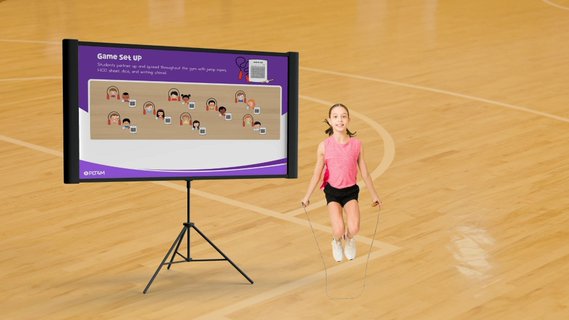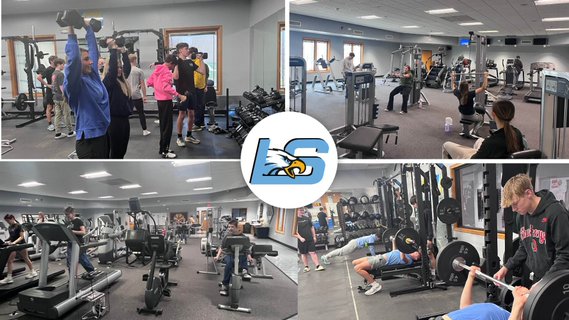[vc_row][vc_column width=”1/4″][vc_single_image image=”7890″ img_size=”medium”][/vc_column][vc_column width=”3/4″][vc_column_text]
Meet The Author: Seth Eckler, Ph.D. – University of Louisville
- Ph.D., Philosophy in Education, University of Kentucky
- M.S., Education, University of Kentucky
- B.S., Kinesiology, University of Kentucky
- Featured on Chalk Talk Episode 12: PE In The 21st Century







